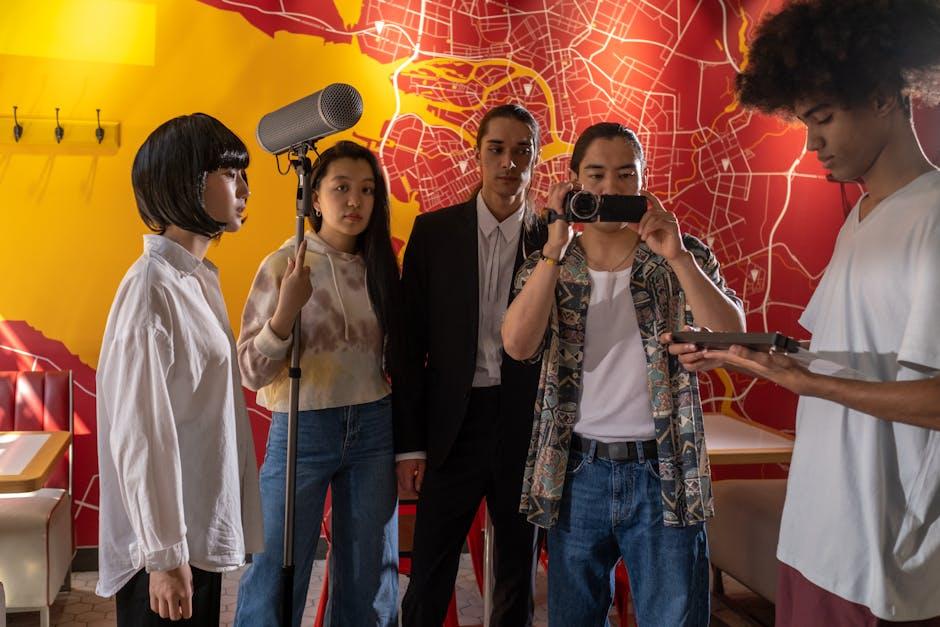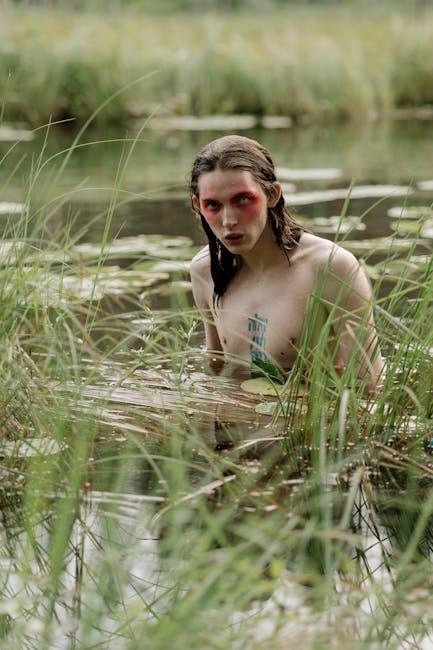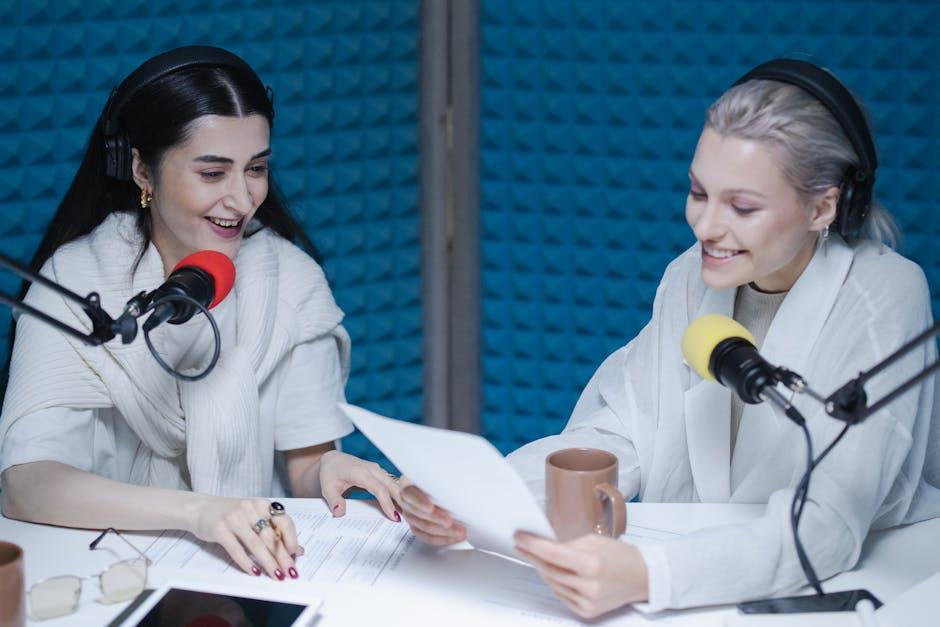In the ever-evolving landscape of storytelling, the synergy between writers and actors has sparked both creative brilliance and contentious debate. As the curtain rises on this intricate dance, we find ourselves asking: does collaboration enhance the authenticity of a narrative, or does it inadvertently stifle the organic flow of storytelling? On one hand, the fusion of a writer’s vision with an actor’s interpretation can breathe life into characters, offering layers of depth and nuance. On the other, the interplay of diverse creative instincts might muddy the waters, leading to narratives that stray from their original intent. This article delves into the delicate balance of collaboration, exploring whether it serves as a catalyst for innovation or a roadblock to storytelling purity.
Exploring the Dynamics: Writers and Actors in Creative Harmony
In the realm of storytelling, the synergy between writers and actors can transform a narrative into a living, breathing experience. This collaboration is not merely a transactional exchange of words and actions but a dynamic interplay where both parties contribute to the evolution of the story. Writers craft the foundation, infusing scripts with dialogue and intent, while actors breathe life into these characters, offering nuances that can only emerge through performance.
Consider the following aspects of this creative harmony:
- Interpretation vs. Intention: Actors interpret the writer’s intentions, adding layers of emotion and depth that might not be explicitly written.
- Spontaneity: On-set improvisations can lead to unexpected, yet organic, developments within the story.
- Feedback Loop: Writers often adapt scripts based on actor feedback, refining characters to align more closely with the actor’s portrayal.
This collaborative dance can sometimes blur the lines between scripted and organic storytelling, enhancing the narrative in ways that neither party could achieve alone.
Navigating Creative Tensions: Balancing Vision and Performance
In the intricate dance of creativity, the tension between a writer’s vision and an actor’s performance can often be a source of both friction and brilliance. Writers craft worlds with intricate plots and nuanced characters, while actors breathe life into these creations, adding layers of interpretation and spontaneity. The key lies in balancing these creative forces to ensure that neither vision nor performance overshadows the other.
- Open Communication: Establishing a dialogue where both parties feel valued can lead to a more harmonious collaboration.
- Flexibility: Allowing room for improvisation can enrich the narrative, offering unexpected depth.
- Shared Goals: Aligning on the story’s core message helps maintain consistency in storytelling.
By embracing these dynamics, the collaboration between writers and actors can transform potential conflicts into a synergy that elevates storytelling to new heights, ensuring that the narrative remains both compelling and authentic.

Organic Storytelling: Preserving Authenticity in Collaborative Efforts
In the realm of collaborative storytelling, the fusion of writers’ visions with actors’ interpretations can either enhance or challenge the authenticity of the narrative. Organic storytelling thrives on genuine emotion and spontaneity, elements that can sometimes be diluted when multiple voices vie for creative control. However, when executed thoughtfully, collaboration can infuse a story with depth and dimension that might otherwise be unattainable.
- Synergy of Perspectives: Writers bring structure and dialogue, while actors breathe life into characters, offering insights that may enrich the narrative.
- Balancing Act: Maintaining authenticity requires a delicate balance, ensuring that each contribution aligns with the story’s core essence without overshadowing the original vision.
- Dynamic Adaptation: The process allows for dynamic shifts, where spontaneous moments during rehearsals can lead to unexpected yet authentic developments.
Ultimately, the key lies in fostering an environment of trust and open communication, where both writers and actors feel empowered to contribute meaningfully without compromising the story’s organic nature.

Recommendations for Success: Strategies to Enhance Collaborative Storytelling
To truly harness the power of collaborative storytelling, it’s essential to embrace strategies that foster synergy between writers and actors. Open communication is paramount; establishing regular meetings where ideas flow freely can create a rich tapestry of perspectives. Writers should be open to input on character development, while actors can benefit from understanding narrative arcs more deeply. This mutual exchange can lead to a more cohesive and compelling story.
Incorporating improvisation can also enhance creativity. Allowing actors to experiment with dialogue and actions can reveal unforeseen dimensions of characters, which writers can then weave into the script. Moreover, creating an inclusive environment where all voices are valued encourages innovation and respect, leading to a more dynamic storytelling process. Embracing these strategies not only enriches the narrative but also strengthens the collaborative bond between writers and actors.

